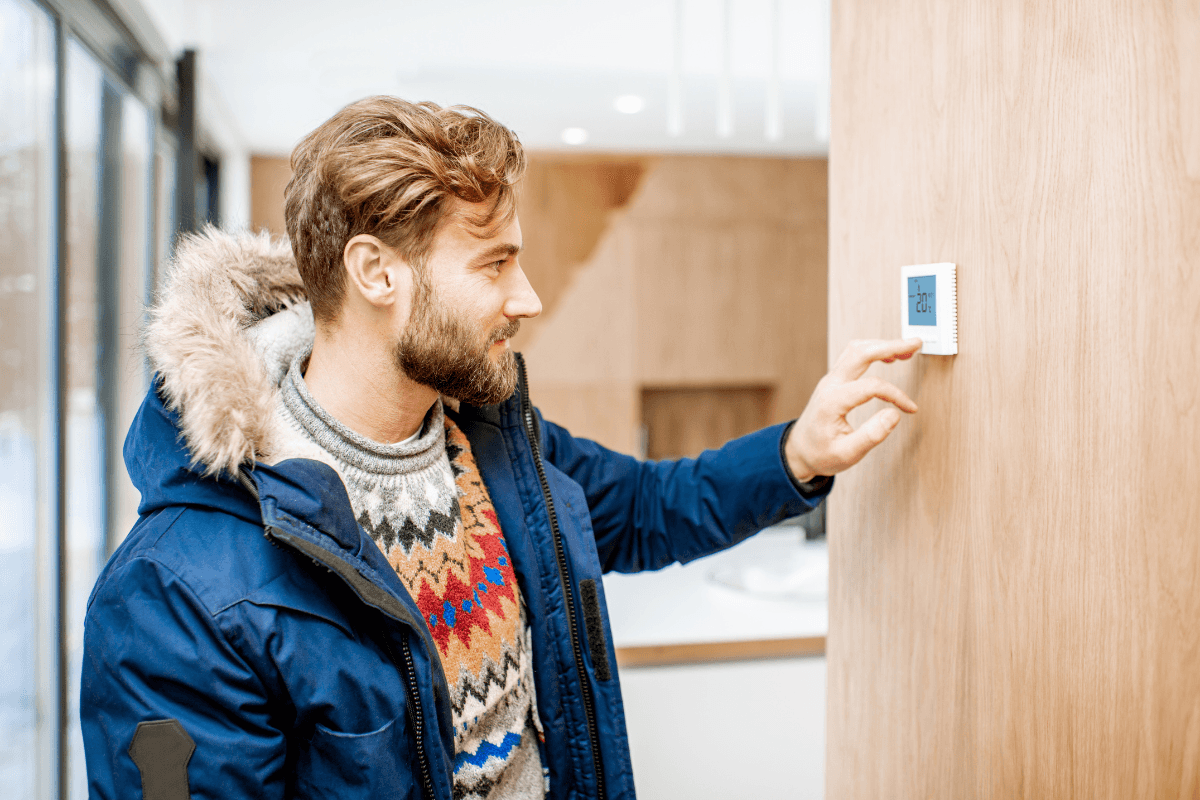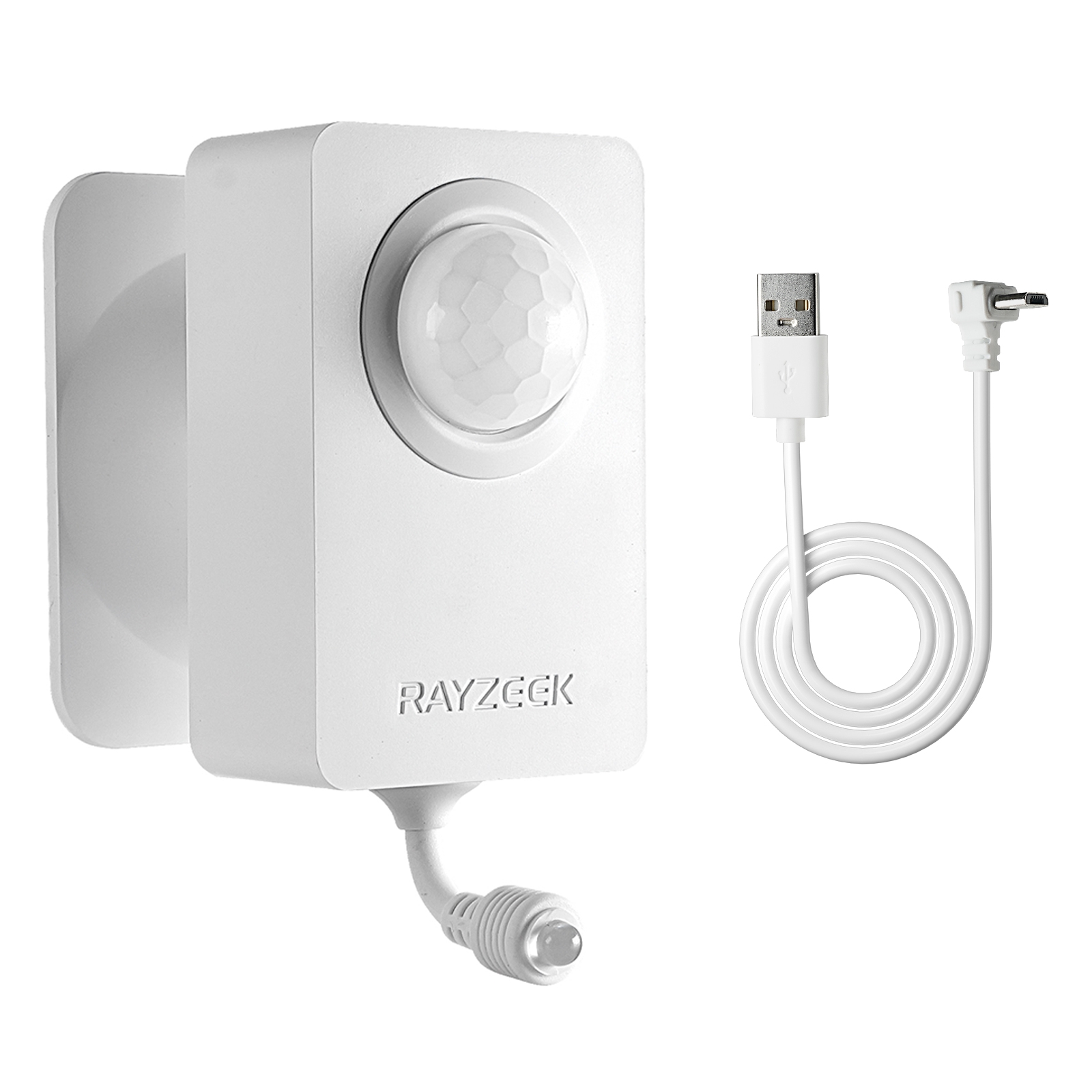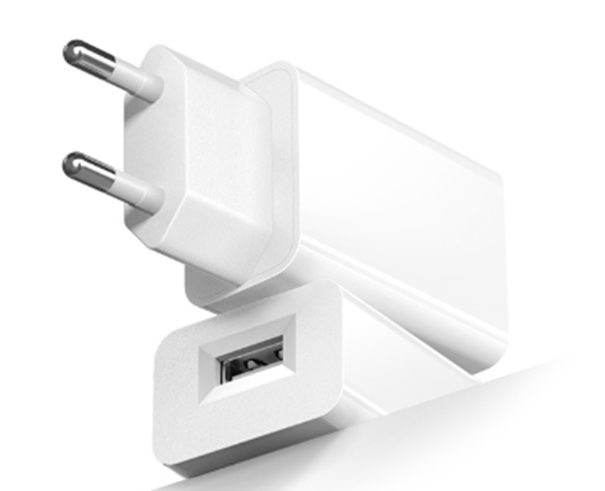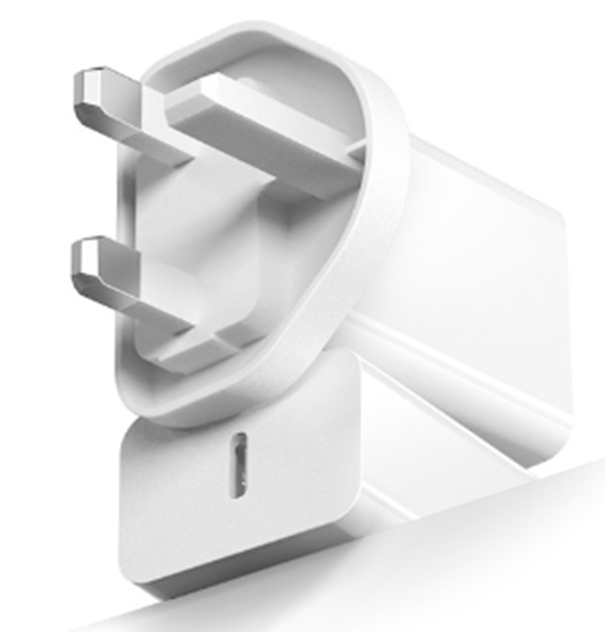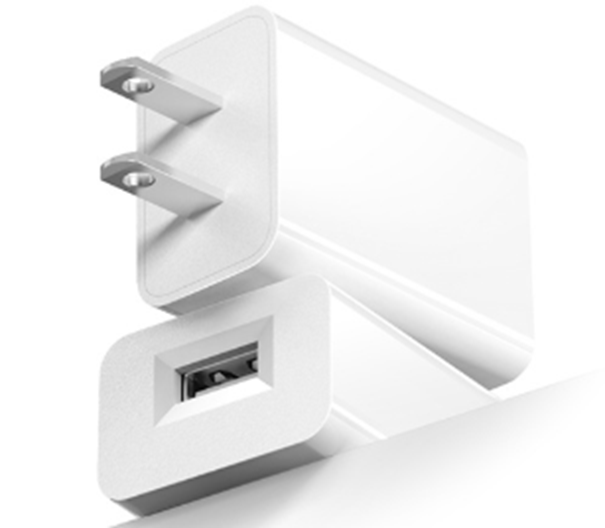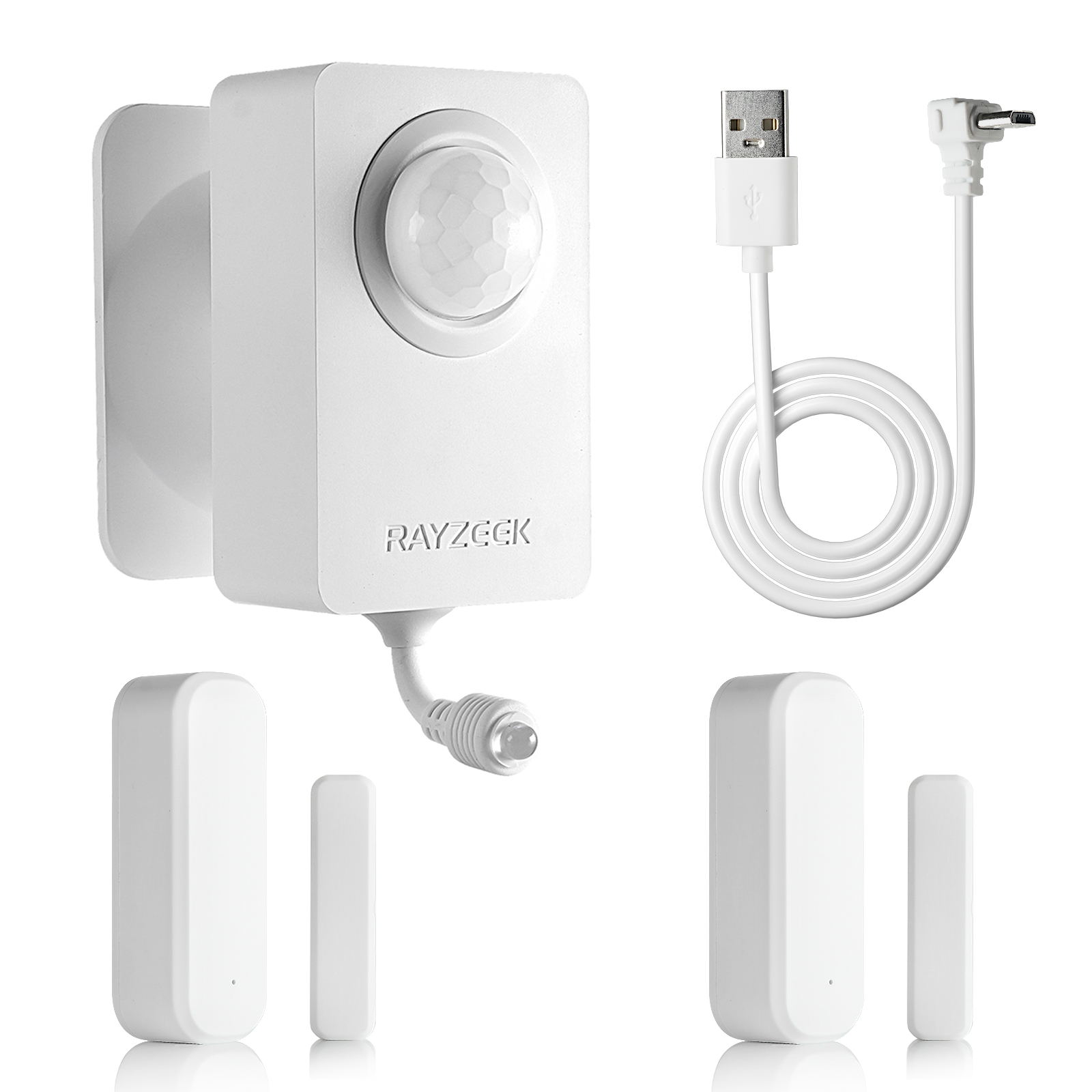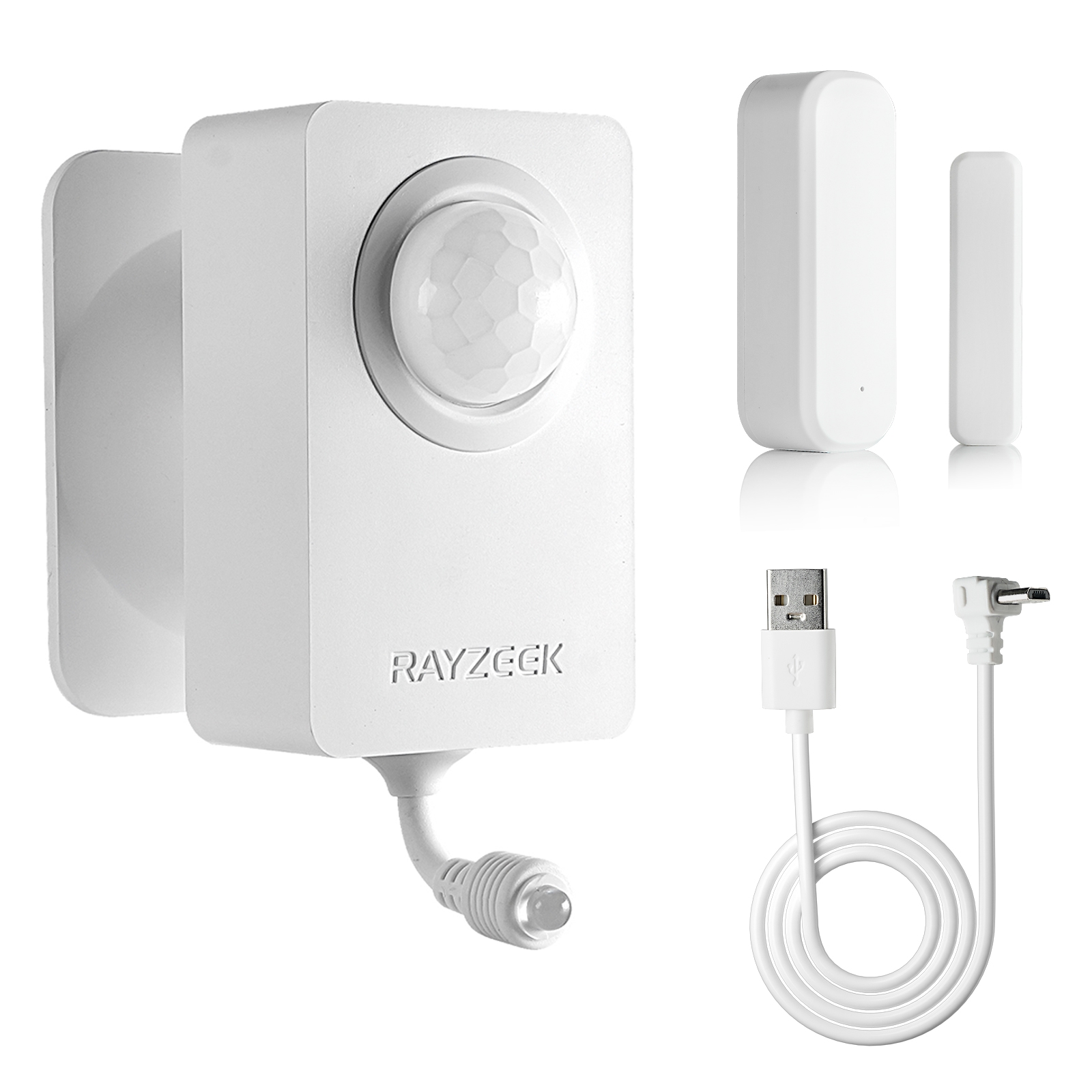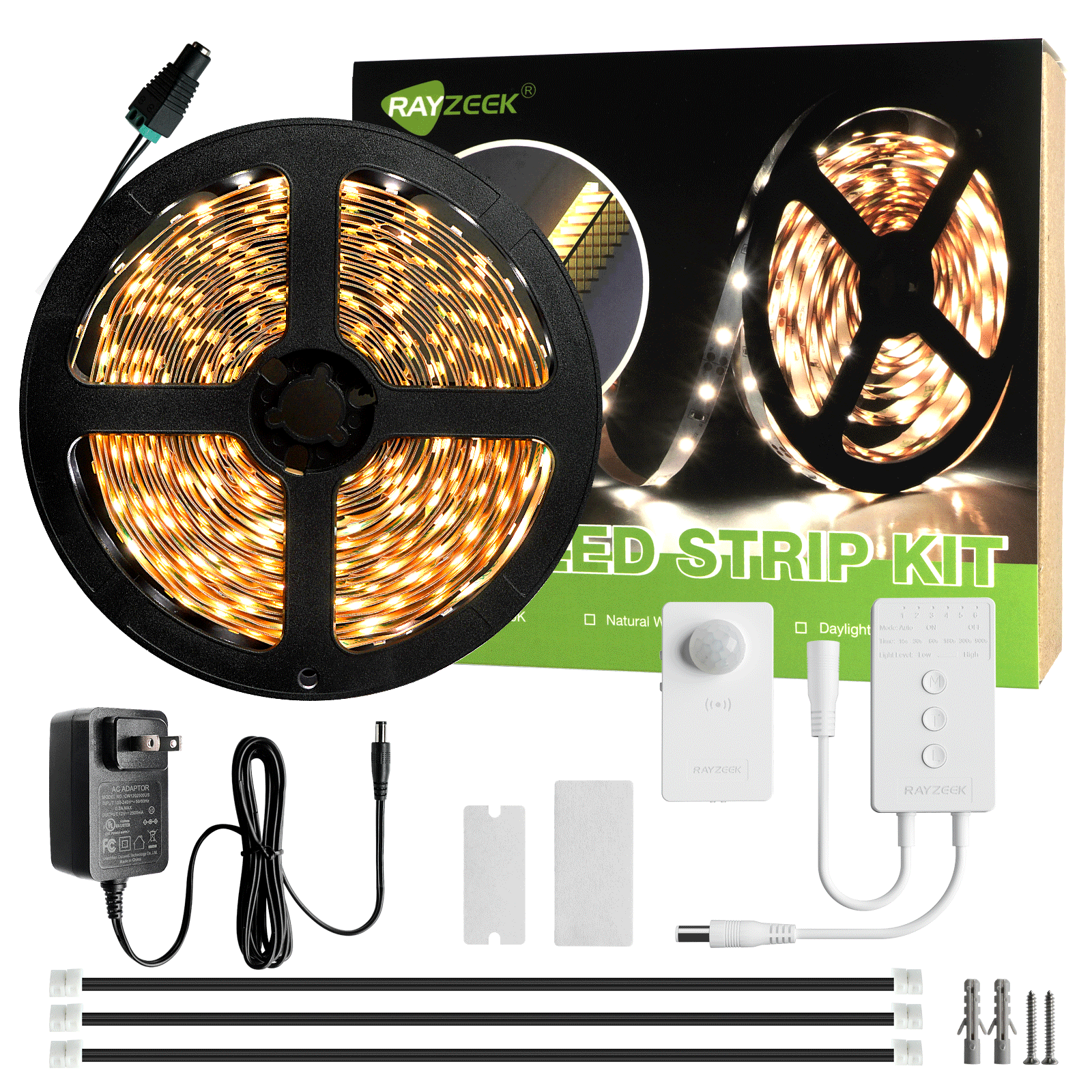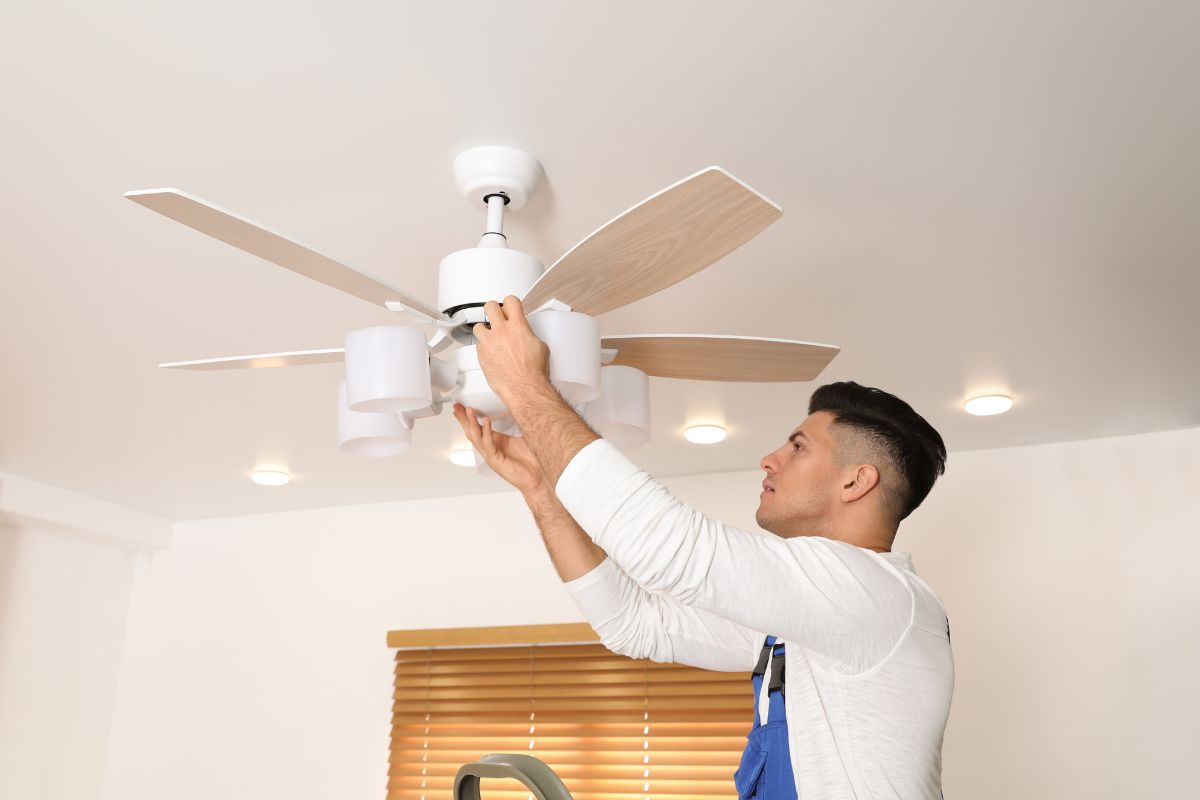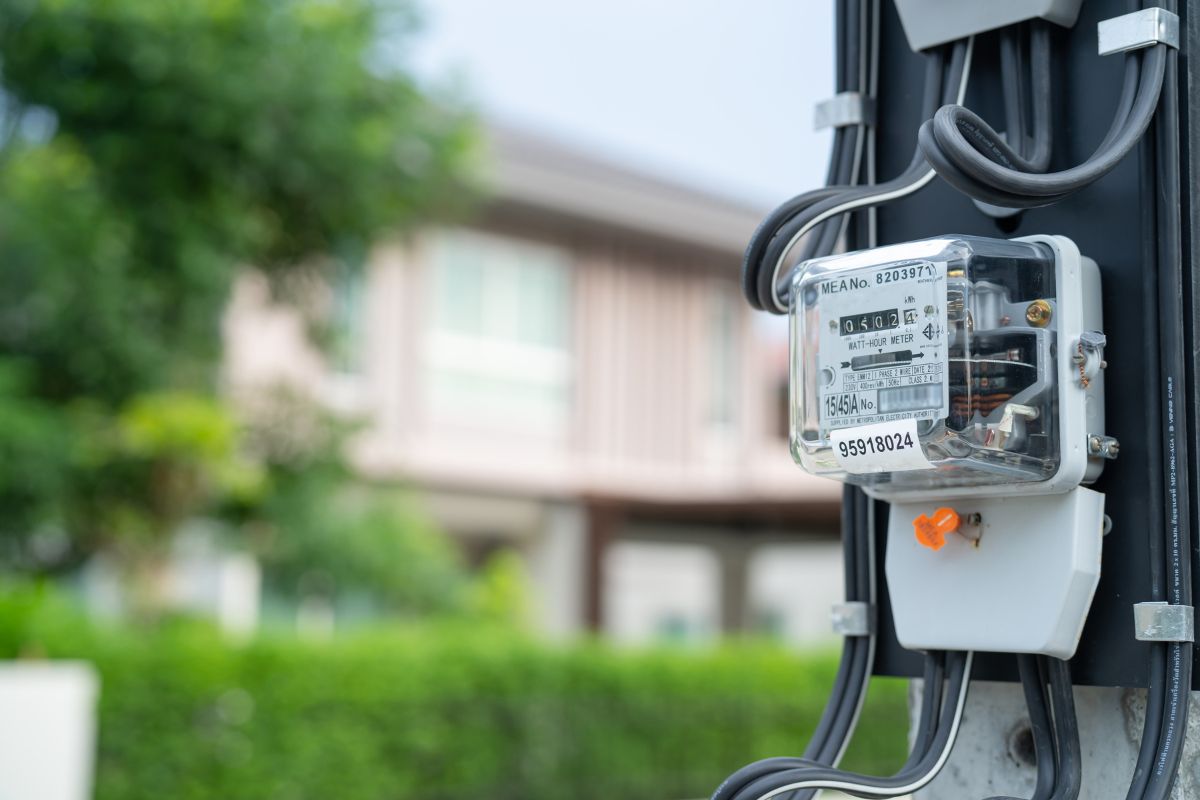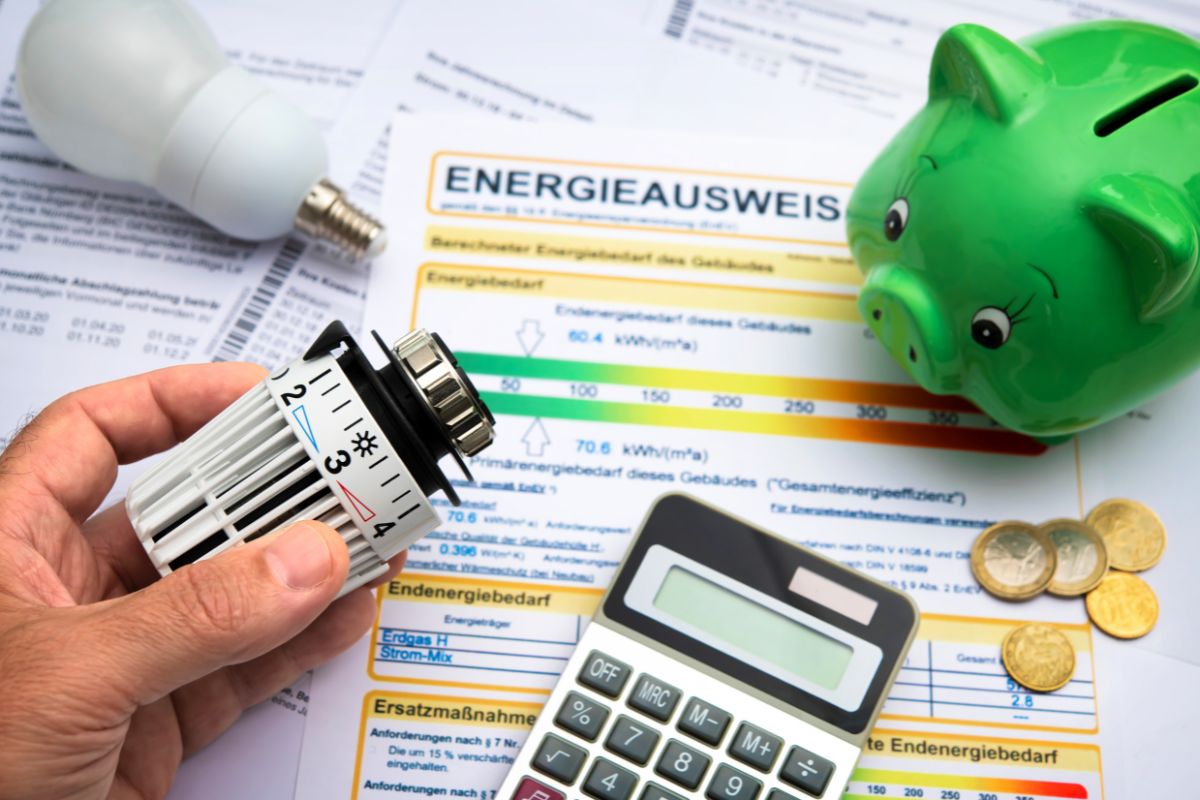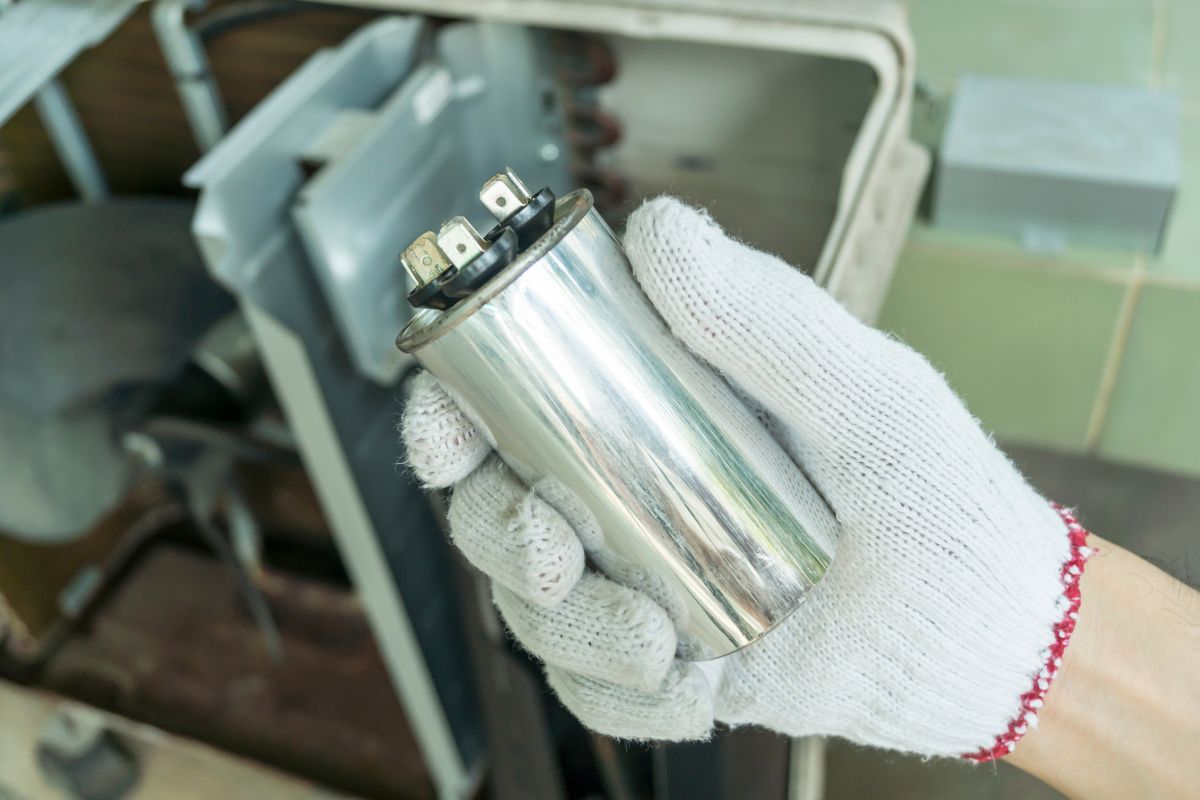مع اقتراب فصل الشتاء، تزداد أهمية السؤال عن كيفية الحفاظ على راحة منازلنا دون إنفاق الكثير من المال. هل تساءلت يومًا عما إذا كان هناك رقم سحري على منظم الحرارة الخاص بك يمكن أن يحل هذه المعضلة؟ على الرغم من عدم وجود حل واحد يناسب الجميع، إلا أن فهم أفضل إعدادات منظم الحرارة لفصل الشتاء يمكن أن يؤثر بشكل كبير على راحتك وفواتير الطاقة الخاصة بك.
ما هي إعدادات منظم الحرارة المثالية لفصل الشتاء؟
يعد إيجاد التوازن الصحيح بين الراحة وكفاءة استخدام الطاقة أمرًا أساسيًا عند ضبط منظم الحرارة لفصل الشتاء. توصي وزارة الطاقة الأمريكية بضبط منظم الحرارة على 68 درجة فهرنهايت (20 درجة مئوية) عندما تكون مستيقظًا وفي المنزل. تعتبر هذه الدرجة بشكل عام مريحة لمعظم الناس مع كونها موفرة للطاقة أيضًا.
إعدادات أثناء النهار
خلال النهار، بينما تكون نشطًا وتتحرك في جميع أنحاء منزلك، يمكن أن يوفر الحفاظ على درجة حرارة 68 درجة فهرنهايت بيئة مريحة دون إرهاق نظام التدفئة الخاص بك. إذا كان هذا يبدو باردًا بعض الشيء في البداية، فيمكنك التفكير في البدء بدرجة 70 درجة فهرنهايت وخفض درجة الحرارة تدريجيًا مع تأقلم جسمك مع الطقس البارد. تذكر أن حتى التعديل الصغير يمكن أن يحدث فرقًا كبيرًا في استهلاكك للطاقة.
إعدادات أثناء الليل
عندما يحين وقت النوم، يمكنك توفير المزيد من الطاقة عن طريق خفض منظم الحرارة الخاص بك. تتراوح درجة الحرارة المثالية أثناء الليل عادةً بين 60 درجة فهرنهايت و 65 درجة فهرنهايت (15.5 درجة مئوية إلى 18 درجة مئوية). يمكن أن تعزز هذه البيئة الأكثر برودة نومًا أفضل، حيث تخفض أجسامنا بشكل طبيعي درجة حرارتها الأساسية أثناء الراحة. بالإضافة إلى ذلك، يمكنك دائمًا إضافة بطانية إضافية للدفء دون زيادة استخدامك للطاقة.
إعدادات عند الخروج
إذا كنت ستغادر منزلك لفترة طويلة، فمن الحكمة ضبط منظم الحرارة لتوفير الطاقة. يمكن أن يؤدي ضبط درجة الحرارة بين 60 درجة فهرنهايت و 65 درجة فهرنهايت عندما تكون بالخارج إلى منع تجمد الأنابيب مع تقليل تكاليف التدفئة بشكل كبير. ومع ذلك، إذا انخفضت درجات الحرارة في منطقتك بشكل متكرر إلى أقل من 30 درجة فهرنهايت، فقد ترغب في إبقاء منظم الحرارة الخاص بك حوالي 64 درجة فهرنهايت إلى 65 درجة فهرنهايت لضمان بقاء منزلك دافئًا بدرجة كافية.
بالنسبة لأصحاب الحيوانات الأليفة، وخاصة أولئك الذين لديهم جراء أو كلاب مسنة أو كلاب صغيرة أو كلاب ذات شعر قصير، يوصى بضبط منظم الحرارة بين 66 درجة فهرنهايت و 67 درجة فهرنهايت أثناء الغياب للحفاظ على راحة أصدقائك ذوي الفراء.
يمكن أن يؤدي خفض منظم الحرارة بمقدار 7-10 درجات لمدة 8 ساعات في اليوم (سواء أثناء النوم أو الغياب) إلى تقليل نفقات التدفئة السنوية بنسبة تصل إلى 10%. يمكن أن يؤدي هذا التعديل البسيط إلى تحقيق وفورات كبيرة على مدار موسم الشتاء.
العوامل المؤثرة على إعدادات منظم الحرارة المثالية في فصل الشتاء
توفر الإرشادات العامة المذكورة أعلاه نقطة انطلاق جيدة؛ يمكن أن تؤثر عدة عوامل على إعدادات منظم الحرارة المثالية لحالتك الخاصة.
المناخ الإقليمي
يلعب المناخ في منطقتك دورًا مهمًا في تحديد إعدادات منظم الحرارة الأنسب. قد تتطلب المنازل في المناطق ذات الشتاء القاسي إعدادات درجة حرارة أعلى قليلاً للحفاظ على الراحة، في حين أن المنازل في المناخات الأكثر اعتدالًا قد تكون قادرة على ضبط منظمات الحرارة الخاصة بها على درجة أقل. من المهم مراعاة أنماط الطقس المحلية الخاصة بك والتكيف وفقًا لذلك.
الحصول على مستوحاة من Rayzeek استشعار الحركة المحافظ.
لا تجد ما تريد ؟ لا تقلق. هناك دائما طرق بديلة لحل المشاكل الخاصة بك. ربما واحدة من الحقائب يمكن أن تساعد.
عزل المنزل
تأثير جودة عزل منزلك تأثيرًا كبيرًا على مدى احتفاظه بالحرارة. يمكن للمنازل المعزولة جيدًا الحفاظ على درجات حرارة مريحة بكفاءة أكبر، مما يسمح بإعدادات منظم حرارة أقل دون التضحية بالراحة. إذا لاحظت وجود تيارات هوائية أو بقع باردة في منزلك، فقد يكون تحسين العزل استثمارًا جديرًا بالاهتمام يسمح لك بخفض إعدادات منظم الحرارة وتوفير تكاليف التدفئة.
حجم المنزل
تتطلب المنازل الأكبر حجمًا بشكل عام المزيد من الطاقة للتدفئة، مما قد يستلزم إعدادات منظم حرارة أعلى قليلاً أو استخدام أنظمة تقسيم المناطق لتدفئة مناطق مختلفة بكفاءة. من ناحية أخرى، تميل المنازل الأصغر حجمًا إلى التسخين بسرعة أكبر وقد تسمح بإعدادات درجة حرارة أقل.
مستويات الرطوبة
يمكن أن تجعل مستويات الرطوبة المرتفعة الغرفة تشعر بالدفء، في حين أن الرطوبة المنخفضة يمكن أن تجعلها تشعر بالبرودة. يجب أن تكون مستويات الرطوبة الداخلية المثالية بين 30% و 60%. يمكن أن يساعدك استخدام المرطب خلال أشهر الشتاء الجافة على الشعور بالراحة في إعدادات درجة حرارة أقل، مما قد يسمح لك بخفض منظم الحرارة بدرجة أو درجتين دون التضحية بالراحة.
عمر نظام التدفئة
قد تكافح الأنظمة القديمة للحفاظ على درجات حرارة ثابتة، خاصة في الطقس البارد جدًا. قد يستلزم ذلك إعدادات منظم حرارة أعلى لتحقيق مستوى الراحة المطلوب. على العكس من ذلك، يمكن للأنظمة الأحدث والأكثر كفاءة في كثير من الأحيان الحفاظ على الراحة في إعدادات أقل، مما يؤدي إلى توفير الطاقة.
الاستفادة من منظمات الحرارة القابلة للبرمجة والذكية لتوفير فصل الشتاء
تتمثل إحدى أكثر الطرق فعالية لتحسين إعدادات منظم الحرارة الخاص بك وزيادة توفير الطاقة إلى أقصى حد في استخدام منظمات الحرارة القابلة للبرمجة أو الذكية. تتيح لك هذه الأجهزة أتمتة تعديلات درجة الحرارة بناءً على جدولك الزمني وتفضيلاتك.
فوائد منظمات الحرارة القابلة للبرمجة
توفر منظمات الحرارة القابلة للبرمجة العديد من المزايا:
- تعديلات تلقائية: يمكنك ضبط درجات حرارة مختلفة لأوقات مختلفة من اليوم، مما يضمن أن يكون منزلك مريحًا عندما تحتاج إليه وتوفير الطاقة عندما لا تحتاج إليه.
- راحة متسقة: من خلال الحفاظ على التحكم الدقيق في درجة الحرارة، يمكن لمنظمات الحرارة القابلة للبرمجة توفير راحة أكثر اتساقًا في جميع أنحاء منزلك.
- توفير الطاقة: تقدر وزارة الطاقة أن تركيب منظم حرارة قابل للبرمجة يمكن أن يوفر ما يصل إلى 10% سنويًا في فاتورة الطاقة الخاصة بك.
- تقليل التآكل في نظام التدفئة والتهوية وتكييف الهواء الخاص بك: من خلال الحفاظ على عبء عمل أكثر توازناً، يمكن لمنظمات الحرارة القابلة للبرمجة المساعدة في إطالة عمر نظام التدفئة الخاص بك.
فوائد منظمات الحرارة الذكية
تأخذ منظمات الحرارة الذكية التكنولوجيا القابلة للبرمجة خطوة إلى الأمام:
ربما كنت مهتما في
- قدرات التعلم: يمكن للعديد من منظمات الحرارة الذكية تعلم جدولك وتفضيلاتك، وضبط درجات الحرارة تلقائيًا دون تدخل يدوي.
- الوصول عن بعد: تحكم في درجة حرارة منزلك من أي مكان باستخدام تطبيق الهاتف الذكي.
- تقارير استخدام الطاقة: احصل على رؤى حول أنماط استهلاك الطاقة لديك لمساعدتك على اتخاذ قرارات مستنيرة بشأن إعداداتك.
- التكامل مع أجهزة المنزل الذكي الأخرى: يمكن التحكم في بعض الطرز من خلال المساعدين الصوتيين مثل Alexa أو Google Home.
- تعديلات على أساس الطقس: يمكن لبعض منظمات الحرارة الذكية التكيف بناءً على بيانات الطقس المحلية، مما يحسن الراحة والكفاءة.
منظمات الحرارة القابلة للبرمجة مقابل منظمات الحرارة الذكية
توفر منظمات الحرارة الذكية عمومًا ميزات أكثر تقدمًا ومرونة أكبر. ومع ذلك، فإنها تميل أيضًا إلى أن تكون أكثر تكلفة. عادة ما تكون منظمات الحرارة القابلة للبرمجة أكثر فعالية من حيث التكلفة ويمكن أن تكون خيارًا ممتازًا لأولئك الذين لديهم إجراءات روتينية ثابتة. يعتمد الخيار الأفضل على احتياجاتك الخاصة وميزانيتك ومقدار التحكم الذي تريده في نظام التدفئة في منزلك.
توسيع نطاق التوفير الذكي ليشمل مكيف الهواء الخاص بك
في حين أن منظمات الحرارة القابلة للبرمجة والذكية ممتازة لأنظمة التدفئة المركزية، تعتمد العديد من الأسر على وحدات تكييف النوافذ أو الوحدات المنفصلة، خاصة خلال الأشهر الأكثر دفئًا. هل سبق لك أن غادرت غرفة، لتدرك بعد ساعات أنك نسيت إطفاء مكيف الهواء؟ إنه إغفال شائع يمكن أن يؤدي إلى إهدار كبير للطاقة. لحسن الحظ، هناك حل ذكي مصمم خصيصًا لهذه المواقف: مستشعر حركة مكيف الهواء RZ050.
تبحث عن تنشيط الحركة الموفرة للطاقة حلول ؟
الاتصال بنا للحصول على كامل استشعار الحركة شرطة التدخل السريع, تنشيط الحركة منتجات توفير الطاقة, الحركة الاستشعار التبديل ، الإشغال/الشغور الحلول التجارية.
يجلب هذا الجهاز المبتكر فوائد الأتمتة وتوفير الطاقة لمنظمات الحرارة الذكية إلى وحدة التيار المتردد الخاصة بك. يستخدم RZ050 تقنية استشعار الحركة المتقدمة للكشف عن متى تكون الغرفة غير مأهولة. بعد تأخير زمني قابل للتخصيص (من 15 دقيقة إلى ساعتين)، فإنه يرسل تلقائيًا إشارة "إيقاف التشغيل" إلى وحدة التيار المتردد الخاصة بك، مما يضمن عدم تشغيلها دون داع. يمكن أن تساعدك هذه الأتمتة الذكية توفير ما يصل إلى 20-50% على فواتير الطاقة المتعلقة بمكيف الهواء الخاص بك.
إن RZ050 سهل التركيب بشكل لا يصدق بفضل تصميمه اللاسلكي الذي يعمل بالبطارية. ما عليك سوى لصقه أو تثبيته على الحائط داخل نفس الغرفة التي يوجد بها مكيف الهواء الخاص بك، وهو جاهز للعمل. يتعلم أمر "إيقاف التشغيل" من جهاز التحكم عن بعد الخاص بمكيف الهواء الحالي، مما يجعله متوافقًا مع معظم وحدات التيار المتردد المنفصلة التي يتم التحكم فيها عن بعد. بالإضافة إلى ذلك، يتميز بميزة مريحة وضع الليل الذي يمنع مكيف الهواء من الإغلاق أثناء نومك، مما يضمن لك نومًا مريحًا ليلاً. يمكنك الاستمتاع بغرفة باردة دون القلق بشأن الاستيقاظ على تغير مفاجئ في درجة الحرارة.
تخيل راحة البال عندما تعلم أن مكيف الهواء الخاص بك سيتم إيقاف تشغيله دائمًا عند مغادرة الغرفة، حتى لو نسيت ذلك. مع RZ050، يمكنك الاستمتاع براحة تكييف الهواء دون الشعور بالذنب بسبب إهدار الطاقة أو ارتفاع فواتير الكهرباء. إنها طريقة بسيطة ولكنها قوية لجعل منزلك أكثر كفاءة في استخدام الطاقة وحياتك أسهل قليلاً.
وحدة تحكم مستشعر حركة مكيف الهواء RZ050
أوقف تشغيل مكيف الهواء تلقائيًا عند مغادرة الغرفة ووفر الطاقة دون عناء.
- يتم إيقاف تشغيل مكيف الهواء تلقائيًا عندما تكون الغرفة فارغة، مما يوفر ما يصل إلى 20-50% في فواتير الطاقة.
- تركيب سهل بنفسك مع تصميم لاسلكي يعمل بالبطارية.
- يضمن الوضع الليلي النوم دون انقطاع من خلال منع إيقاف تشغيل مكيف الهواء أثناء الليل.
الأخطاء الشائعة التي يجب تجنبها عند ضبط منظم الحرارة في الشتاء
لضمان حصولك على أقصى استفادة من إعدادات منظم الحرارة، تجنب هذه الأخطاء الشائعة:
- عدم التكيف تدريجيًا مع إعدادات الشتاء: يمكن أن يكون خفض منظم الحرارة فجأة إلى درجة حرارة أقل بكثير أمرًا غير مريح وقد يؤدي إلى مقاومة من أفراد الأسرة. بدلاً من ذلك، قم بخفض درجة الحرارة تدريجيًا على مدار بضعة أسابيع للسماح للجميع بالتأقلم.
- ضبط درجة الحرارة مرتفعة جدًا أو منخفضة جدًا: يؤدي رفع درجة الحرارة بشكل مفرط إلى إهدار الطاقة ويمكن أن يؤدي إلى عدم الراحة. على العكس من ذلك، قد يؤدي ضبطه على درجة منخفضة جدًا إلى عدم الراحة وخطر تجمد الأنابيب. استهدف تحقيق توازن يوفر الراحة مع تقليل استخدام الطاقة.
- عدم مراعاة رطوبة الشتاء: يمكن أن يجعل الهواء الشتوي الجاف منزلك يبدو أكثر برودة مما هو عليه في الواقع. يمكن أن يساعد استخدام المرطب على الشعور بالراحة في إعدادات درجة حرارة أقل.
- نسيان ضبط منظم الحرارة عند المغادرة: ينسى العديد من مالكي المنازل خفض درجة الحرارة عند مغادرة المنزل، مما يؤدي إلى استخدام غير ضروري للطاقة. استخدم منظم حرارة قابل للبرمجة أو اجعل من عادة ضبط الإعدادات قبل المغادرة.
- الإفراط في استخدام سخانات الفضاء: في حين أن سخانات الفضاء يمكن أن توفر دفئًا مستهدفًا، إلا أنها عمومًا أقل كفاءة من نظام تدفئة مركزية مضبوط بشكل صحيح. استخدمها باعتدال وكمكمل بدلاً من مصدر حرارة أساسي.
نصائح إضافية لزيادة توفير الطاقة في الشتاء
بالإضافة إلى إعدادات منظم الحرارة المثالية، هناك العديد من الاستراتيجيات الأخرى التي يمكنك استخدامها لتعزيز توفير الطاقة في الشتاء:
- أحكم إغلاق النوافذ والأبواب: استخدم موانع التسرب أو السد لمنع خروج الهواء الدافئ ودخول الهواء البارد.
- استخدم مراوح السقف: قم بتشغيل مراوح السقف في اتجاه عقارب الساعة على إعداد منخفض لدفع الهواء الدافئ إلى الأسفل وتوزيع الحرارة بشكل أكثر تساوياً.
- التحكم في الستائر والستائر: افتح الستائر خلال النهار للسماح بدخول ضوء الشمس الطبيعي والدفء، وأغلقها في الليل لتقليل فقدان الحرارة.
- حافظ على نظام التدفئة والتهوية وتكييف الهواء (HVAC): يمكن لتغيير الفلاتر بانتظام وتنظيف مجاري الهواء والفحوصات المهنية أن تحافظ على تشغيل نظامك بكفاءة.
- أضف عزلًا إضافيًا: خاصة في العلية، يمكن للعزل الإضافي أن يقلل بشكل كبير من فقدان الحرارة.
- ارتدِ ملابس دافئة: يتيح لك ارتداء طبقات من الملابس في الداخل الشعور بالراحة في إعدادات ترموستات أقل.
- استخدم جهاز ترطيب: يمكن أن تجعل إضافة الرطوبة إلى الهواء درجات الحرارة المنخفضة أكثر راحة.
- خفض درجة حرارة سخان المياه: يمكن أن يؤدي ضبط سخان المياه على 120 درجة فهرنهايت إلى تقليل استهلاك الطاقة دون التضحية بالراحة.
- استخدم مصابيح LED: تنتج هذه المصابيح الموفرة للطاقة حرارة أقل وتستخدم كهرباء أقل من المصابيح المتوهجة التقليدية.
الوضع الأمثل للترموستات للحصول على قراءات دقيقة
يمكن أن يؤثر موقع منظم الحرارة بشكل كبير على دقته، وبالتالي، على راحة منزلك وكفاءة الطاقة. فيما يلي بعض الإرشادات للوضع الأمثل:
أفضل وضع
- قم بتركيب منظم الحرارة على جدار داخلي في موقع مركزي، ويفضل أن يكون ذلك في غرفة تقضي فيها معظم الوقت.
- ضعه على ارتفاع حوالي 52-60 بوصة فوق الأرض للحصول على أدق القراءات.
- تأكد من أنه بعيد عن أشعة الشمس المباشرة والتيارات الهوائية والمداخل والنوافذ.
- في المنازل متعددة الطوابق، ضع منظم الحرارة في الطابق الأول للحصول على أفضل متوسط لقراءة درجة الحرارة.
المناطق التي يجب تجنبها
- أشعة الشمس المباشرة: يمكن أن يتسبب ذلك في قراءات خاطئة لدرجة الحرارة المرتفعة.
- فوق فتحات التهوية: يمكن أن يؤدي القرب من الفتحات إلى استشعار غير دقيق لدرجة الحرارة.
- المطابخ: يمكن أن تؤثر تقلبات درجة الحرارة الناتجة عن الطهي على القراءات.
- الممرات: غالبًا ما تكون لهذه المناطق درجات حرارة مختلفة عن أماكن المعيشة الرئيسية.
- بالقرب من الأبواب أو النوافذ: يمكن أن تتداخل التيارات الهوائية مع استشعار درجة الحرارة بدقة.
- على الجدران الخارجية: هذه أكثر عرضة لتقلبات درجة الحرارة الخارجية.
أهمية صيانة نظام التدفئة لتحقيق الكفاءة
تعد الصيانة المنتظمة لنظام التدفئة الخاص بك أمرًا بالغ الأهمية للحفاظ على كفاءته وضمان قدرته على تلبية إعدادات منظم الحرارة المطلوبة. فيما يلي بعض مهام الصيانة الرئيسية:
- الخدمة المهنية السنوية: حدد موعدًا لفحص الفرن كل خريف قبل بدء موسم التدفئة.
- تغيير الفلاتر بانتظام: استبدل الفلاتر أو نظفها كل 30-60 يومًا، أو على النحو الموصى به من قبل الشركة المصنعة.
- حافظ على فتحات التهوية غير مسدودة: تأكد من أن الأثاث أو الستائر لا تعيق تدفق الهواء من فتحات التهوية.
- تقليم الغطاء النباتي الخارجي: حافظ على الشجيرات والنباتات بعيدًا عن وحدات التدفئة الخارجية لضمان تدفق الهواء المناسب.
- إحكام وإغلاق مجاري الهواء: يمكن أن يؤدي ذلك إلى تحسين كفاءة نظام التدفئة الخاص بك بنسبة تصل إلى 20%.
- تحقق من الوصلات المفكوكة: قم بإحكام أي وصلات كهربائية مفكوكة أثناء الصيانة.
- قم بتزييت الأجزاء المتحركة: هذا يقلل الاحتكاك ويساعد نظامك على العمل بسلاسة أكبر.
- قم بمعايرة منظم الحرارة: تأكد من أن منظم الحرارة يقرأ درجات الحرارة بدقة.

